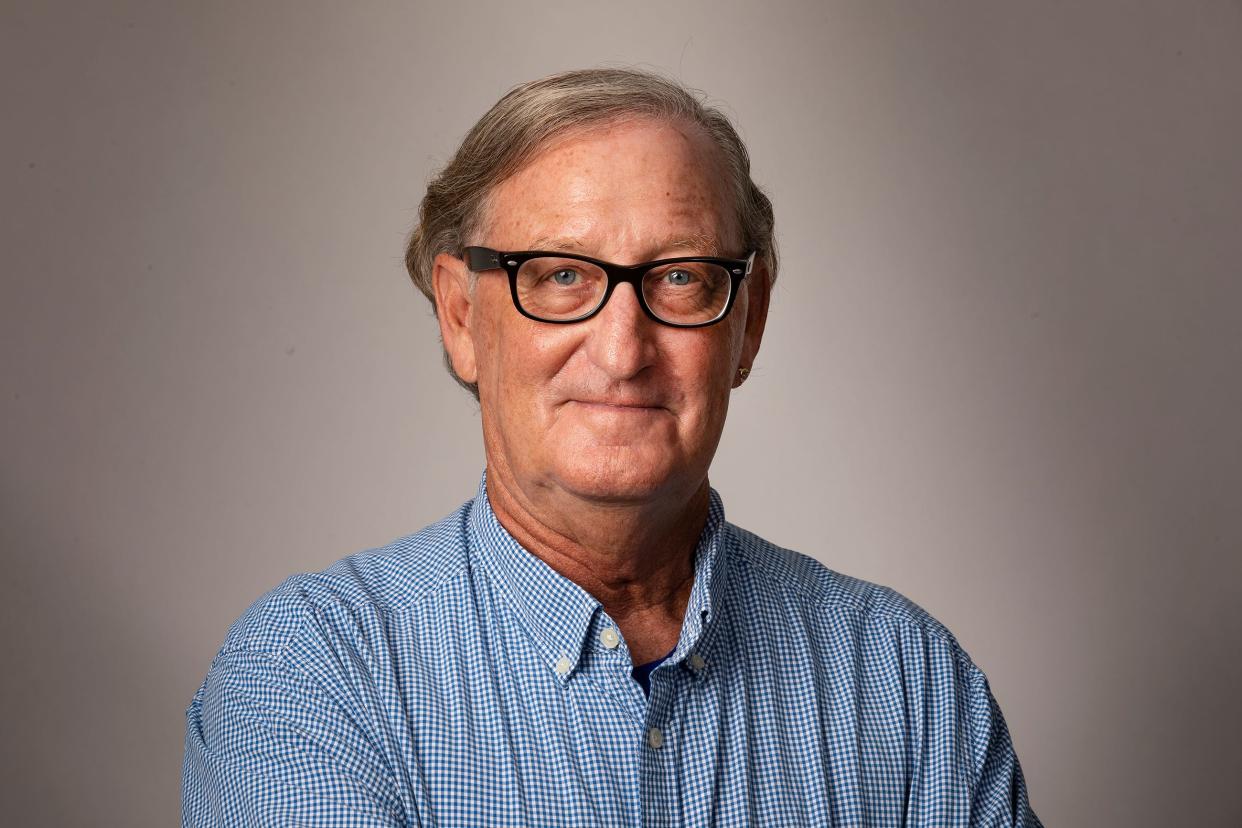NATO finally brings Europe into its own

Last week, Germany agreed to transfer a number of fighting vehicle to Ukraine in their struggle with the Russian invasion. The vehicles were “Leopard 2” tanks designed and produced in Germany.
The significance of this decision should not be lost on us. It is a signal of the new relationship – a real partnership - in what had been a primarily American effort for decades: NATO.
The tank transfer request originated in Poland, and only marginally involved the U.S. at all. It was a European affair in defense of their own borders.
In the decades that followed the second World War, the United States fought hard to forge alliances in Europe against the threat of invasion by the Soviet Union. Stalin had made it very clear that given the chance he would swallow Europe whole, and if not through military conquest then by political means. Stalin, and then his inheritor Nikita Khrushchev, came to view Europe as a simple battle ground upon which a war would be fought against the U.S. with the European nations playing a strictly minor role as the powerless location.
The initial phases of the NATO alliance were characterized by what amounted to an American friendly occupation of the European democracies, countered by a Soviet occupation of the “Warsaw Pact” puppet states of their own sphere of influence.
On our side of Churchill’s “iron curtain” Europe lay exhausted by six years of brutal conflict. The economies of the west were in shambles. The U.S. Marshall plan rescued western Europe from the worst effects, while American troops fenced in the Soviets. In the middle years, roughly 1965-1989, the U.S. continued to defend Europe. We were not alone, as NATO demanded somewhat more of their European partners. Still, almost the entire cost was absorbed by American taxpayers.
Altruism is thin on the ground in U.S. foreign policy. We have chosen realism over idealism almost every time. When the USSR collapsed in 1991, these trends went into full reverse. The U.S. began to withdraw its massive troop concentrations - our attention ultimately drawn into the expanded war on terror, with expensive and bloody commitments in Iraq and Afghanistan.
NATO was largely seen as a pricey artifact, with American attitudes culminating in the Trump administration’s flat refusal to continue to foot the bill. Germany’s then-Chancellor Angela Merkle famously observed that “The EU must take its fate into its own hands” and the experience of the last two year has shown, beyond doubt, that these words were heard.
When Vladimir Putin went from running a low-rent proxy border conflict to an actual invasion. He crossed a line – a line that he should have been aware of, or at least calculated into his equation. He counted on a quick win - a brutal couple of days, then a week or so wiping up, then the devastation would begin.
But he had underestimated Ukraine. More to the point, he had far underestimated his European opponents and a new Europe.
NATO had been founded as an alliance to prevent a ground war in Europe. And now, nearly 75 years later, it is fully actualized. Europe has come into its own. The combination of a strong (if bickering at times) EU, unified political will, and military independence has created a Europe capable of making its own decisions about this conflict and making them stick.
The U.S. has ponied up billions in aid and hardware, too – but as partners - strong but distant allies. Ukrainian soldiers are training in Germany on German war machinery. They are training on bases in Poland.
The U.S. certainly has an operational role, but it’s limited. The arrangements aren’t seamless, but they reflect something far closer to an equal enterprise than could have been imagined, even 10 years ago.
The experience of the Ukrainian conflict is reshaping the old, dependent, Europe into a self-reliant, self-contained unity of nations, capable of their own defense without direct American aid.
The fantasy of 1949 has become reality.
Bruce Anderson is the Dr. Sarah D. and L. Kirk McKay Jr. Endowed Chair in American History, Government, and Civics and Miller Distinguished Professor of Political Science at Florida Southern College. He is also a columnist for The Ledger.
This article originally appeared on The Ledger: NATO finally brings Europe into its own

